Heat-Exchange Espresso Machines: What Are They? What Are The Benefits?

Well, there are actually many differences between espresso machines that make them unique. But today, we’re gonna be focusing on a very important one: the heat exchanger.
What is a heat exchanger?
As you may know, espresso machines work with hot water. That’s their whole thing. Before espresso machines existed, you had to heat the water up yourself using a kettle or a pot. Espresso machines revolutionized coffee by introducing the boiler.
The concept is quite simple. The boiler is a big container that heats up the water and keeps it at a certain temperature. At first, since the technology wasn’t quite there yet, boilers were always literally boiling and producing copious amounts of steam. Later, however, they figured out how to introduce a temperature control system to keep the water a few degrees below boiling temperature, which is the ideal temperature for brewing coffee.
The problem with a boiler that does not boil is that, for one, it doesn’t produce any steam. Espresso machines need steam to steam milk- otherwise there’s not much of a point to them. And if you make it hot enough to produce steam, then it’s too hot to brew coffee without burning. The solution?
Just make it hotter whenever you need steam, then bring it back down when you need to brew! Sounds good in theory, but it’s impractical. That would mean you’d have to wait several minutes after brewing to be able to steam milk. By then, coffee’s already cold. You could always have two different boilers, one for steam and one for water—but that makes espresso machines bigger and more expensive.There has to be a better solution…
Thus, heat exchangers.
Heat exchangers are an ingenious way of using just one single boiler while doing both water and steam at the same time. Essentially, a heat exchanger consists of just one boiler which heats up water until it reaches a boiling point. This way, there’s always steam available.
Then there is a mechanism which introduces cold water and mixes it with the boiling water, exchanging temperature to reach the perfect temperature for coffee brewing.
Of course, this needs pinpoint accuracy and is a feat that isn’t simple at all. Some heat exchangers are simpler than others, and some can be astonishingly complicated.
Some heat exchangers like the one the Lelit Mara Espresso Machine has, even let you alternate the boiler’s temperature. In this particular machine, you can choose up to three different boiler temperatures, which means a different brewing water temperature. It may not sound like much, but it can make a world of difference when you’re using coffee beans that need either lower or higher temperatures to express their full flavor.
What are the benefits of a heat exchanger?
It makes espresso machines more compact. The popular image of an espresso machine is a very big, chunky piece of metal that lets off steam once in a while. That’s highly impractical, even more so in small coffee shops or for your own kitchen. Having a heat exchanger can help an espresso machine halve its size. Take a look at the Rocket Appartamento. It is an incredibly powerful machine, yet much smaller than it should be for an espresso machine with such horsepower. In such a small space, it manages to comfortably fit a big 1.8 liter boiler.
It’s greener. You probably hadn’t thought of it yet but, if the alternative to a heat exchanger is having double boilers, doesn’t that mean that your machine will use twice as much power? Correct. Running two boilers at the same time is not only a concern for your machine’s overall temperature (overheating), but also for the planet and -perhaps more importantly- for your pockets. An espresso machine with double boilers will cost double in terms of electricity. A machine like the Bezzera Magica does the work of two boilers while using way less power.
It’s more precise. Heat exchangers have to be ridiculously precise; otherwise, they wouldn’t work at all. That means that the temperature of your brewing water is never going to be one degree off—it’s always going to be the precise temperature that it needs to be. This ultimately means a much more consistent machine that will deliver good coffee shot after shot without deviating even a fraction of a degree. That is what one should treasure the most in any espresso machine, apart from all other more colorful features.








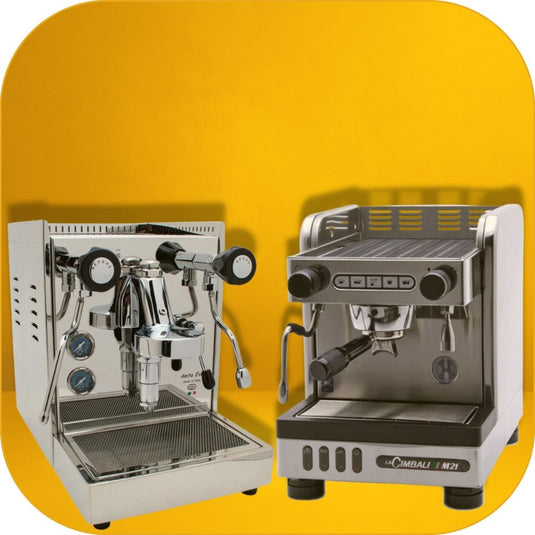

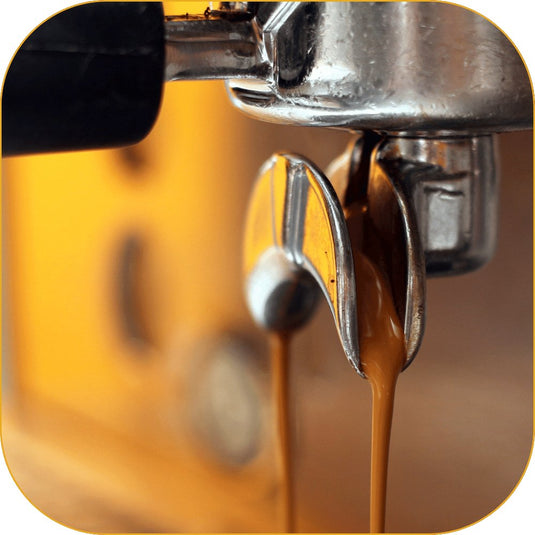
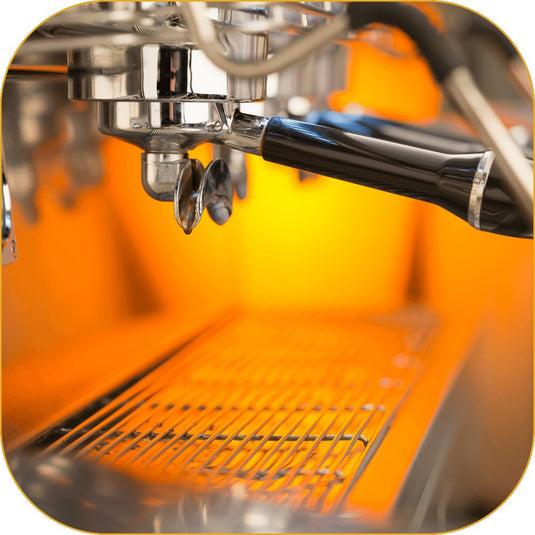
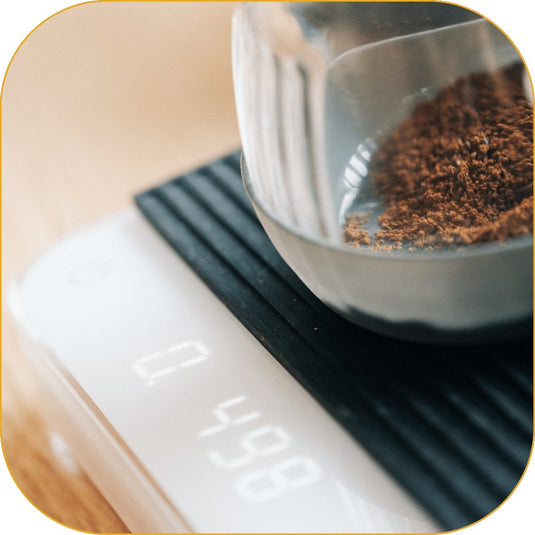






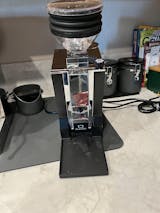
This is a fantastic breakdown of heat exchanger machines! It clearly explains the concept and highlights the key benefits – compactness, energy efficiency, and consistent brewing temperatures.
For anyone considering a heat-exchange machine, the point about learning to manage temperature is crucial. If you want to learn more about coffee Coffee Orbital has great info.